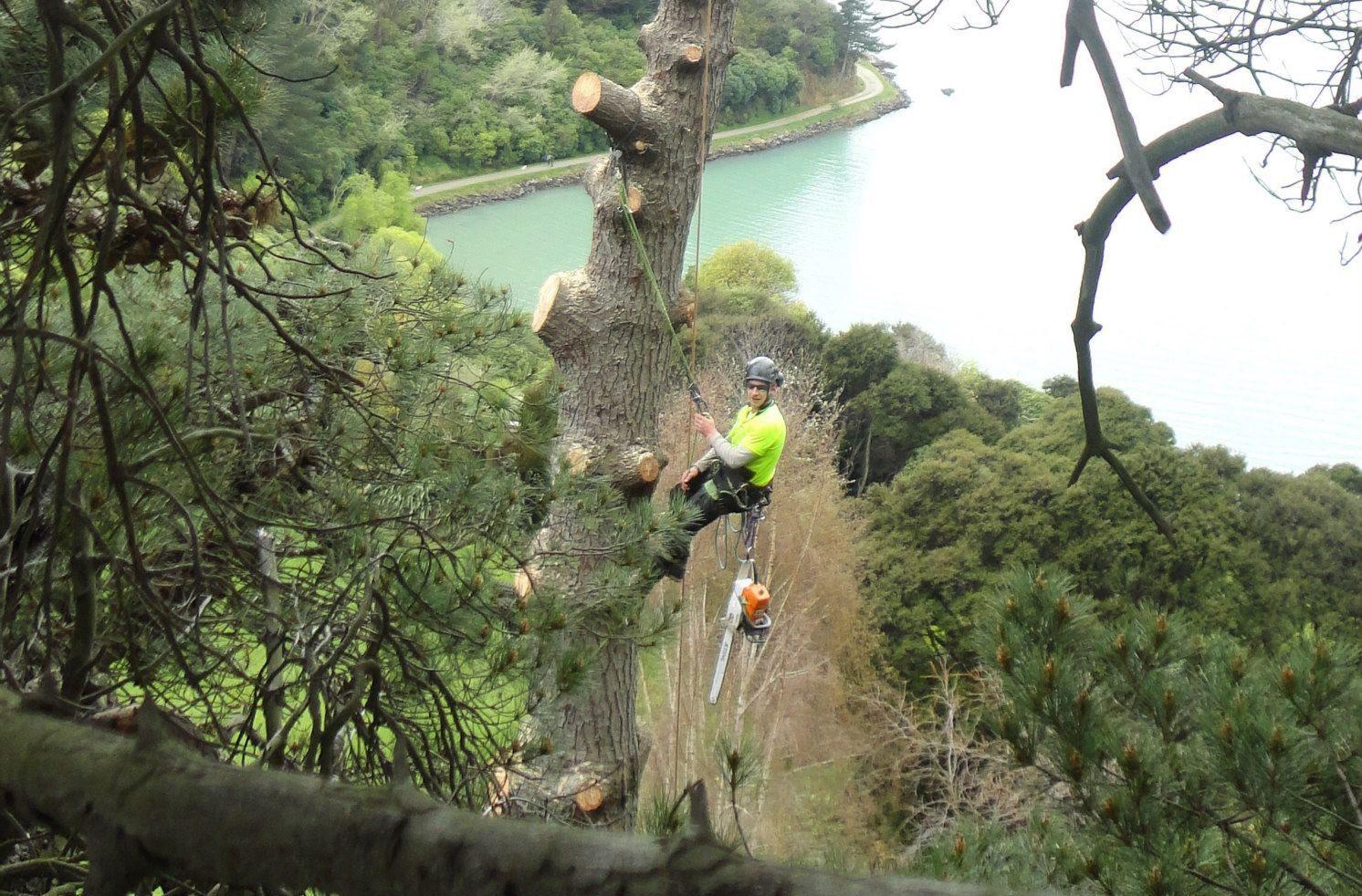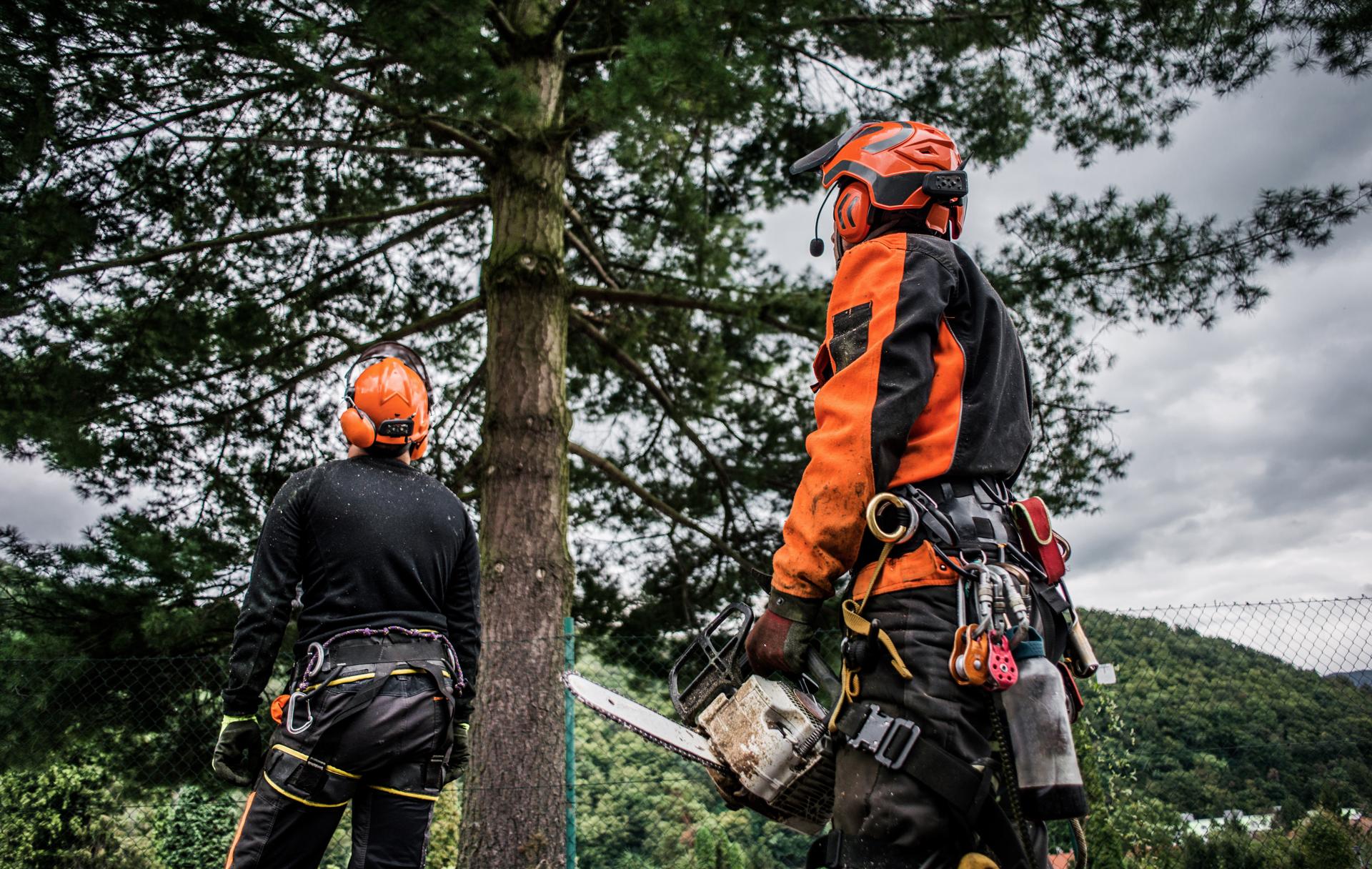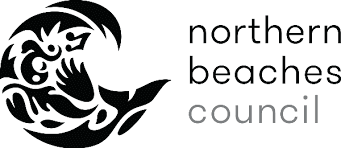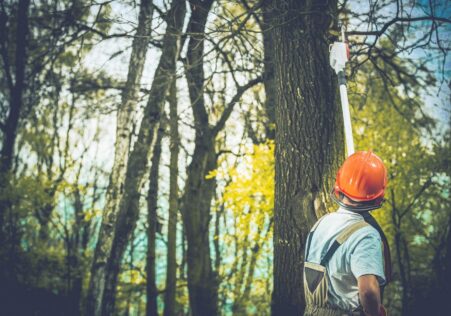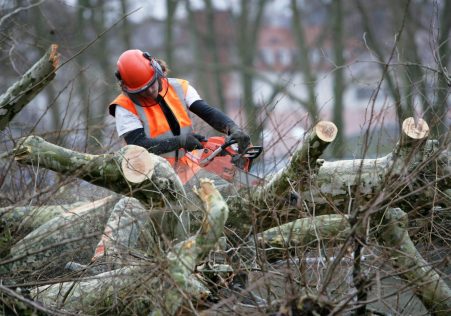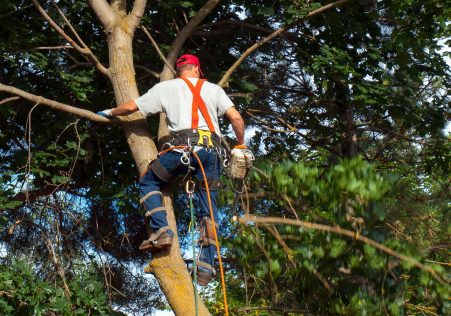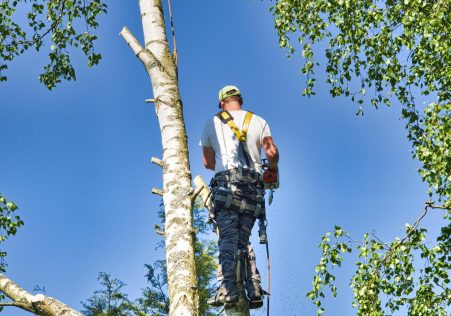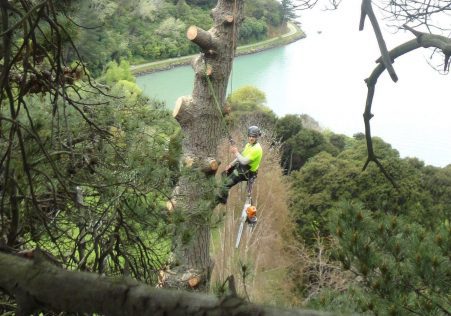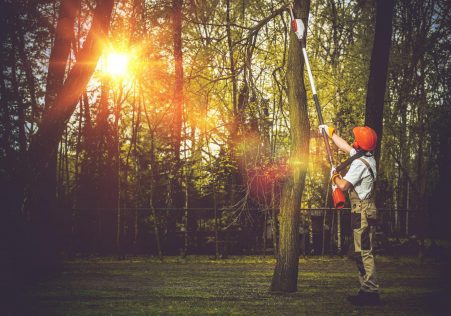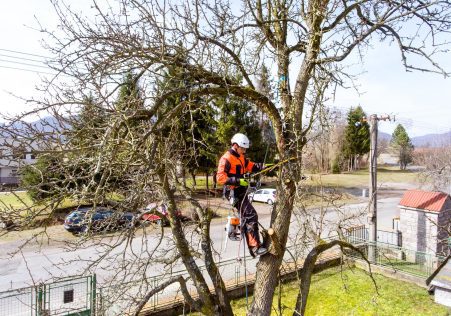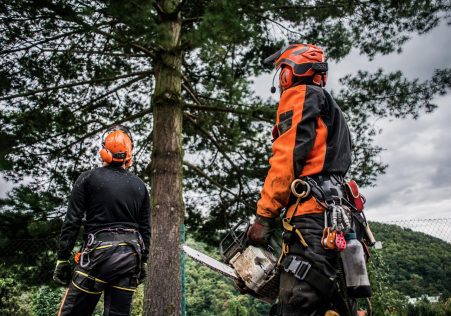The Top Indicators That a Tree Requires to be Removed
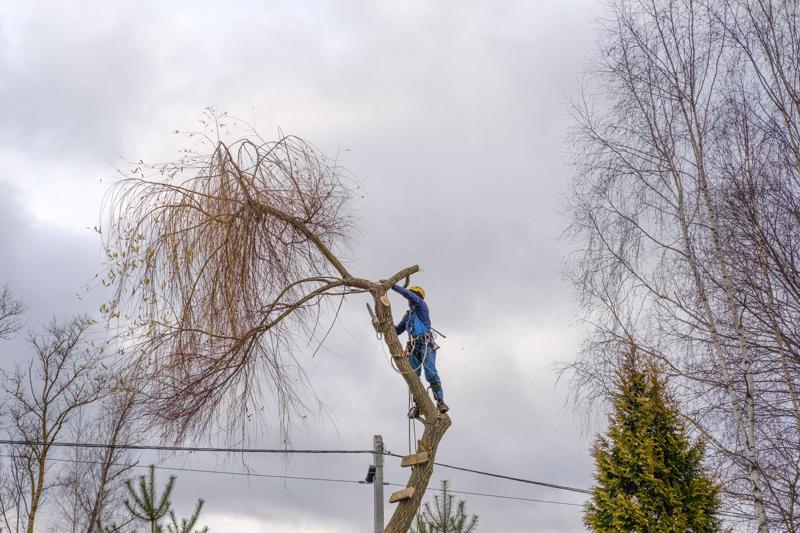
Tree removal can be a complicated and potentially hazardous task. If a tree has died, diseased, or in danger from falling down, then it may need to be removed to avoid damage to property and guarantee safety. But how can you tell if a tree needs to be cut down? We’ll guide you through the signs to watch out to and assist you figure out when it’s time to call in the experts.
Dead or Dying Trees
One of the obvious signs that a tree needs to be removed is when it is dying or dead. Dead trees do not have leaves and could appear dead. If a tree has no leaves or evidence of new growth, it’s likely dead. The bark of dead trees could be cracked, dry or peeling.
Trees that are diseased
The trees that are sick can pose a threat to other plants and trees in the area. The signs of disease that are common on trees are the appearance of yellowing leaves, wilted branches, and mushroom growth at the root or the trunk. If you suspect that your tree may be diseased it is important to have it inspected by a professional arborist.
Leaning Trees
TreesLeaning trees to one side can indicate of a failing root structure and the tree could be at risk of falling. To identify if a leaning tree is at risk, look for cracks or broken areas in the trunk and look into the soil surrounding the base of the tree. If you notice any of these indicators it is recommended to have the tree evaluated by an arborist.
Overhanging Branches
The branches of overhanging trees that are in close proximity to power lines or buildings can be a danger to safety and property. If you have concerns about overhanging branches you should be evaluated by an arborist to determine if pruning or removal is needed.
FAQs
What can I do to tell when a tree has died?
A tree is considered to be dead if it is without leaves and shows no signs of growth. The bark of a dead tree can be dry, cracked or peeling.
What are the warning signs of a diseased tree?
Common signs of disease in trees include yellowing leaves, wilted branches, and mushrooms growing at the at the base of the tree.
Is it safe to take down the tree by yourself?
Tree removal can be a complicated and possibly dangerous job. It’s best to leave it to the experts to ensure the safety of you and your family members.
Conclusion
When you’re dealing with tree removal, you need to be able to recognize the indicators that indicate that a tree needs to be cut down. By being aware of the signs of dead or dying trees, sick trees, leaning trees, and overhanging branches and overhanging branches, you can take the necessary steps to protect your property as well as those around you. If you think that a tree on your property requires removal, don’t hesitate to call Western Sydney Tree Removal for a professional review. Our highly trained arborists have the expertise and tools to handle all your tree removal needs. Do not risk your safety. If you believe that a tree on your property needs to be removed, call Western Sydney Tree Removal today for a professional evaluation. Our arborists are experienced and will provide you with the peace of mind that comes from knowing your property is in safe in the hands of our experts. Call us now to 1300 330 872 to schedule an appointment.

